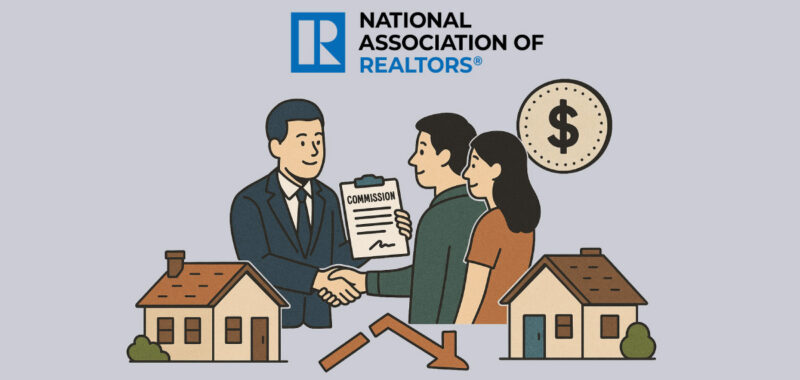Buy-side commissions are mostly unchanged — for now
Despite widespread speculation, 58.8% of agents said their buy-side commissions have stayed the same. Nearly 30% saw a decrease, while roughly 12% reported increases. This shows the market hasn’t moved in unison but rather in cautious, fragmented steps.
In terms of structure, 77.2% of buy-side commissions remain fixed-percentage agreements. But 17.5% are now negotiated per client request, a clear sign of increasing flexibility and individualization.
That flexibility isn’t yet showing up in commission rate data as 90% of agents still report earning between 2% to 3% on the buy side. Only a fraction (less than 8%) say they’re earning 2% or less. The message? Commissions haven’t collapsed but negotiations are creeping in.
Sell-side commissions: A mirror image
Interestingly, 63.2% of sell-side commissions also remain unchanged. But 20.5% have increased, while 16.4% have decreased, indicating modest growth in some segments.
Sell-side structures largely mirror the buy side as 86.6% are fixed percentages and 12.3% are negotiated per client request. Flat fees remain rare on both sides of the transaction.
The rates themselves tell a similar story. About 82% of respondents reported a sell-side commission of 2% to 3%, with only 6.5% reporting a typical rate below 2%.
One structural shift is happening as 65.5% of sellers now play a role in negotiating the buy-side commission. That’s a dramatic change from historic norms and reflects the post-settlement drive toward transparency and consumer control.
It’s been more than a year since the NAR settlement was announced, and the residential real estate commission structure has shown resilience. The HousingWire survey data paints a clear picture: While most commissions have remained steady, flexibility and client involvement are undeniably on the rise.
Consumers are becoming more engaged and agents must be more consultative than ever. This moment is less about disruption and more about evolution.
Agents who lean into transparency, embrace negotiation as a skill and clearly communicate their value proposition will be best positioned to thrive in this shifting environment. As norms slowly adjust, success will favor those who adapt, not those who wait.

